Home>Garden Essentials>What Do Lily Of The Valley Seeds Look Like
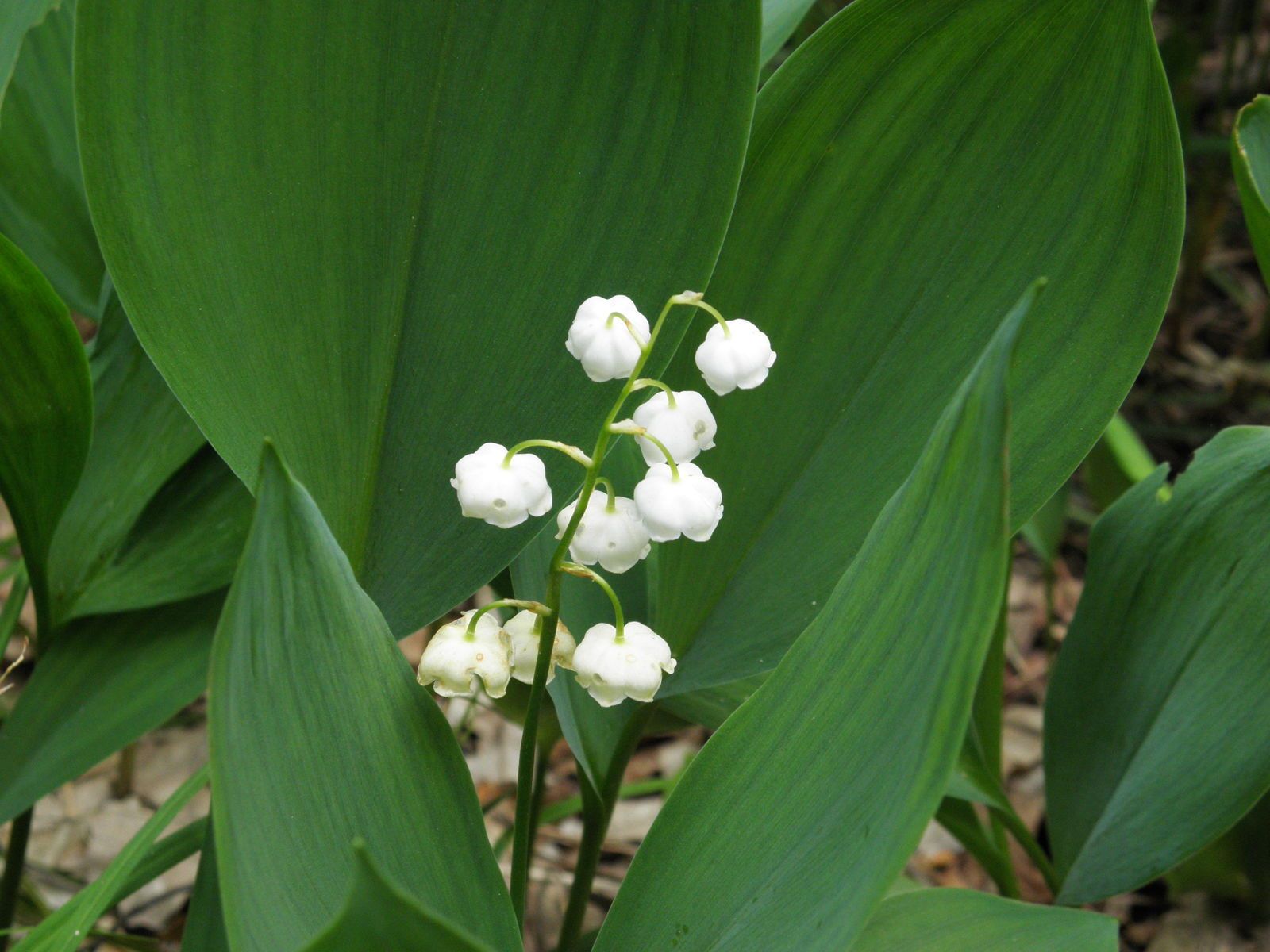

Garden Essentials
What Do Lily Of The Valley Seeds Look Like
Modified: May 6, 2024
Looking to start a garden? Learn what lily of the valley seeds look like and get started on cultivating your own beautiful garden.
(Many of the links in this article redirect to a specific reviewed product. Your purchase of these products through affiliate links helps to generate commission for Storables.com, at no extra cost. Learn more)
Introduction
Welcome to the world of gardening, where beauty and nature come together in perfect harmony. If you are a gardening enthusiast or have recently developed an interest in gardening, you may have come across a charming and delicate plant called Lily of the Valley. Known for its exquisite fragrance and bell-shaped flowers, Lily of the Valley adds an enchanting touch to any garden or flower arrangement.
But have you ever wondered how this delicate beauty reproduces and spreads? In this article, we will explore the fascinating process of Lily of the Valley seed reproduction. We will also delve into the characteristics and appearance of Lily of the Valley seeds, as well as the germination process. So, let’s begin our journey into the world of Lily of the Valley seeds and discover the magic that lies within.
Lily of the Valley, scientifically known as Convallaria majalis, is a perennial flowering plant native to Europe and parts of Asia. It is a member of the Asparagaceae family and is loved for its wonderful fragrance and elegant white, bell-shaped flowers. This plant primarily spreads through underground rhizomes, but it also reproduces through its seeds.
The seed reproduction process of Lily of the Valley is both intriguing and unique. The plant produces small, green berries that contain the seeds. These berries are usually formed after the flowers have bloomed and faded. The berries gradually ripen and turn a vibrant red color, indicating that they are ready for seed extraction.
Once the berries are ripe, the seeds can either be left to fall naturally or be manually harvested for propagation. If you prefer hand-harvesting the seeds, gently squeeze the berries to release the small, dark seeds. It’s important to handle the seeds with care, as they are fragile and delicate.
Let’s now explore the characteristics and appearance of Lily of the Valley seeds. The seeds of this plant are tiny, no larger than a pinhead, and have a black or dark brown color. They are shiny and smooth to the touch. Due to their small size, they can be easily overlooked, but their role in the plant’s reproduction process is vital.
In the next section, we will discuss the germination process of Lily of the Valley seeds, which is a crucial step in successfully growing these charming plants in your garden. Stay tuned to learn more about how to bring these delicate beauties to life from their tiny, unassuming seeds.
Key Takeaways:
- Lily of the Valley seeds are tiny, dark, and shiny, enclosed in bright red berries. They play a crucial role in the plant’s reproduction and can be manually harvested for propagation.
- The germination process of Lily of the Valley seeds involves cold stratification, moisture, and suitable growing conditions. By providing the right environment, you can witness the magic of seed germination and nurture these delicate plants.
Read more: What Do Canna Lily Seeds Look Like
Definition of Lily of the Valley
Lily of the Valley, scientifically known as Convallaria majalis, is a perennial flowering plant that belongs to the Asparagaceae family. It is native to Europe and parts of Asia and has gained popularity worldwide due to its enchanting fragrance and delicate appearance. This plant is known for its bell-shaped flowers that hang gracefully from arching stems, creating a stunning visual display in any garden or floral arrangement.
The name “Lily of the Valley” is derived from its cluster of small, white flowers that resemble tiny bells. The fragrant blooms are often associated with purity, innocence, and good luck, making Lily of the Valley a popular choice for bridal bouquets and symbolic arrangements. Its scientific name, Convallaria majalis, translates to “valley-dwelling” and “of May,” reflecting its preferred habitat and the time of year when it typically blooms.
Lily of the Valley is a low-growing plant, reaching heights of only 15-30 centimeters (6-12 inches). It forms dense clumps of dark green, lance-shaped leaves, creating an attractive ground cover in shady areas. The plant produces flowers in spring, usually in May, hence its association with the month of May in its scientific name.
In addition to its visual appeal, Lily of the Valley is widely beloved for its intoxicating fragrance. The flowers emit a sweet and delicate scent that fills the air, attracting insects such as bees and butterflies for pollination. The fragrance has also made Lily of the Valley a popular ingredient in perfumes and scented products, adding a touch of natural elegance to various personal care items.
Cultivating Lily of the Valley requires a cool and moist environment, preferably in partial shade. It thrives in well-draining soil with organic matter, and regular watering is essential to keep the soil consistently moist. While it primarily spreads through underground rhizomes, the plant also reproduces through its small seeds contained within bright red berries.
Overall, Lily of the Valley is a versatile and captivating plant that adds beauty, fragrance, and symbolism to gardens and floral arrangements. Its timeless elegance and enduring popularity make it a cherished addition to any garden, providing a touch of enchantment and serenity to the surrounding landscape.
The Reproduction Process of Lily of the Valley
Lily of the Valley plants have a fascinating reproduction process that involves both underground rhizomes and seeds. While rhizomes are the primary method of spreading and expanding their colonies, seeds play an essential role in ensuring the plant’s survival and genetic diversity. Let’s explore the intriguing reproduction process of Lily of the Valley.
1. Rhizome Growth: The primary method of reproduction for Lily of the Valley is through underground rhizomes. These horizontal stems grow just below the soil surface and send out roots and shoots, allowing the plant to spread and form dense colonies. The rhizomes can gradually expand over time, producing new leafy shoots and flowers. This vegetative propagation ensures that genetically identical offspring are produced.
2. Seed Production: Apart from rhizome growth, Lily of the Valley also produces seeds for reproduction. After the flowers bloom and fade, small green berries develop on the stems. These berries gradually ripen and turn bright red, signaling that they are ready for seed extraction.
3. Seed Dispersal: When the berries are fully ripened, several mechanisms can disperse the seeds and promote their spread. Animals, such as birds, may eat the berries and subsequently excrete the seeds in different locations. The seeds may also be carried away by flowing water or transported through human or animal activity.
4. Germination: Lily of the Valley seeds have a protective coat that prevents them from germinating immediately after dispersal. This coat helps protect the seeds from unfavorable conditions, ensuring their survival until suitable growing conditions are present. The seeds require a period of cold stratification, where they experience a prolonged exposure to cold temperatures, usually in the range of 4-10 degrees Celsius (40-50 degrees Fahrenheit). This chilling period stimulates germination and prepares the seeds for growth.
5. Suitable Growing Conditions: Once the seeds have undergone sufficient cold stratification, they need specific growing conditions to germinate successfully. Lily of the Valley seeds prefer moist soil and partial shade. The shade provided by taller plants or trees helps mimic the plant’s natural woodland habitat. Adequate moisture in the soil is essential to support seed germination and subsequent growth.
6. Seed Germination: Under suitable conditions, Lily of the Valley seeds will germinate, putting forth small shoots that develop into leafy plants. The seeds typically sprout in spring, aligning with the plant’s natural growth cycle. With time, the seedlings will send out new rhizomes, gradually establishing themselves and contributing to the plant’s expansion.
7. Growth and Colonization: As the seedlings mature, the rhizomes will continue to grow and expand underground. The plants will produce more leafy shoots and flowers, further increasing the size and density of the Lily of the Valley colony. This growth process continues throughout the plant’s lifespan, perpetuating the cycle of reproduction and ensuring the plant’s survival and proliferation.
Understanding the reproduction process of Lily of the Valley not only adds to our knowledge but also helps us appreciate the resilience and adaptability of this beautiful plant. The combination of rhizome growth and seed production enables Lily of the Valley to flourish in various environments, making it a beloved addition to gardens and natural landscapes worldwide.
Characteristics of Lily of the Valley Seeds
Lily of the Valley seeds, although tiny in size, possess unique characteristics that contribute to the plant’s reproductive success. These seeds are an essential component of the plant’s life cycle and are responsible for ensuring the continuation of the species. Let’s explore the characteristics of Lily of the Valley seeds.
1. Size: Lily of the Valley seeds are incredibly small and measure no more than a pinhead, making them easily overlooked. Their minuscule size allows for efficient dispersal and ensures that they can be carried by various means, including animals, water, and wind.
2. Color: Lily of the Valley seeds have a dark brown to black color, making them stand out from the vibrant red berries that contain them. This dark coloration helps protect the seeds from excessive sunlight and prevents premature germination.
3. Texture: The seeds of Lily of the Valley have a smooth and shiny surface. This smooth texture assists in their movement through different mediums, such as animal digestive systems or water currents.
4. Protective Coat: Lily of the Valley seeds have a hard and protective outer coat known as the seed coat. This coat serves as a barrier, safeguarding the embryo inside from harsh environmental conditions and providing physical protection against external factors.
5. Seed Viability: The viability of Lily of the Valley seeds refers to their ability to germinate and grow into healthy plants. The viability of these seeds can vary, with some remaining viable for several years, while others may have reduced viability after a period of time. Proper storage and handling techniques can help maintain the viability of Lily of the Valley seeds.
6. Role in Reproduction: Lily of the Valley seeds play a crucial role in the plant’s reproduction process. They provide the means for genetic diversity and enable the colonization of new areas. As the seeds are dispersed, they have the potential to establish new colonies, contributing to the plant’s spread and survival.
7. Prolific Seed Production: While Lily of the Valley primarily spreads through rhizomes, the plant has the capacity to produce a considerable number of seeds. These seeds are contained within bright red berries, which are visually striking and easily catch the attention of animals or birds that aid in seed dispersal.
Understanding the characteristics of Lily of the Valley seeds offers insights into the plant’s reproductive strategy and helps gardeners and enthusiasts appreciate the intricate mechanisms that allow this beloved species to thrive. Despite their small size, these seeds hold the potential for new growth and bring forth the beauty and allure of Lily of the Valley in gardens around the world.
Lily of the Valley seeds are small, round, and black in color. They are typically found inside the red berries that grow on the plant. Be careful, as all parts of the Lily of the Valley plant are toxic if ingested.
Appearance of Lily of the Valley Seeds
Lily of the Valley seeds may be small, but they possess unique features that contribute to their distinctive appearance. These tiny seeds, contained within bright red berries, have distinct characteristics that make them easily recognizable. Let’s explore the appearance of Lily of the Valley seeds in more detail.
1. Size: Lily of the Valley seeds are incredibly small, measuring no more than a pinhead. Their diminutive size allows for efficient dispersal and ensures that they can be transported by various means, including animals, water, or wind.
2. Shape: The seeds are oval-shaped, resembling tiny pellets. This shape allows them to be easily carried and moved through different mediums without getting stuck or causing obstructions.
3. Color: Lily of the Valley seeds have a distinctive dark brown to black color. This dark coloration helps to protect the seeds from excessive sunlight and prevents premature germination. The contrast between the dark seeds and the bright red berries makes them visually striking.
4. Texture: Lily of the Valley seeds have a smooth and glossy texture. This smooth surface aids in their movement through various dispersal mechanisms, ensuring that they can be carried easily by animals, water, or wind.
5. Enclosed in Bright Red Berries: The seeds of Lily of the Valley are contained within bright red berries. These berries serve as protective casings for the seeds, further aiding in their dispersal and enhancing their visual appeal. The vibrant red color of the berries attracts the attention of animals or birds that assist in seed dispersal.
6. Fragility: Despite their protective seed coat, Lily of the Valley seeds are fragile and delicate. Handling them with care is essential to avoid damaging the seeds or hindering their ability to germinate and grow.
Understanding the appearance of Lily of the Valley seeds not only allows us to recognize them but also helps us appreciate their intricate design and purpose. These small yet remarkable seeds play a vital role in the plant’s reproductive process, contributing to the expansion and propagation of this beloved flowering plant.
Read more: What Do Alfalfa Seeds Look Like
Germination Process of Lily of the Valley Seeds
The germination process of Lily of the Valley seeds is a fascinating and essential step in bringing these delicate plants to life. While Lily of the Valley primarily spreads through rhizomes, the germination of seeds allows for genetic diversity and the establishment of new colonies. Let’s explore the germination process of Lily of the Valley seeds in more detail.
1. Cold Stratification: Lily of the Valley seeds have a natural dormancy period, which means they require a period of cold stratification to break their dormancy and stimulate germination. Cold stratification refers to subjecting the seeds to a prolonged exposure to cold temperatures. This period of chilling helps the seeds to overcome dormancy and prepares them for growth. The ideal temperature range for cold stratification is around 4-10 degrees Celsius (40-50 degrees Fahrenheit).
2. Moisture: Moisture is essential for seed germination. Once the seeds have undergone cold stratification, they need a moist environment to initiate germination. Provide adequate moisture to the growing medium or soil where you have planted the seeds. Ensure that the soil remains consistently moist but not waterlogged, as excessive water can lead to rotting or fungal issues.
3. Suitable Growing Conditions: Lily of the Valley seeds prefer partial shade and moist soil for successful germination. Mimicking the plant’s natural woodland habitat is crucial for providing the right conditions. The shade provided by taller plants or trees helps regulate the temperature and protects the seeds from direct sunlight. The presence of organic matter in the soil can aid in moisture retention and provide essential nutrients for seedling growth.
4. Seedling Emergence: Under favorable conditions, Lily of the Valley seeds will begin to germinate. The seeds will send out small shoots that emerge from the soil surface. These shoots will develop into leafy seedlings, gradually growing and establishing themselves.
5. Rhizome Formation: As the Lily of the Valley seedlings continue to grow, they will develop underground rhizomes. These rhizomes will spread horizontally, sending out roots and shoots, ultimately giving rise to new leafy stems and flowers. The formation of rhizomes helps the plant expand and contribute to the formation of dense colonies.
6. Timeframe for Germination: The germination timeframe can vary for Lily of the Valley seeds. Under optimal conditions, germination typically occurs within 20 to 30 days, although it may take longer in some cases. Patience is key, as Lily of the Valley seeds may exhibit variable germination rates due to factors such as seed viability and environmental conditions.
Understanding the germination process of Lily of the Valley seeds allows us to cultivate these beautiful plants with greater success. By providing the right conditions and following these guidelines, you can witness the magic of seed germination and experience the joy of nurturing Lily of the Valley from its tiny, unassuming seeds into a thriving and enchanting garden addition.
Conclusion
Lily of the Valley, with its elegant beauty and enchanting fragrance, captivates the hearts of gardeners and flower enthusiasts worldwide. In this article, we have explored the fascinating world of Lily of the Valley seeds and their role in the plant’s reproduction process.
Through underground rhizomes and seed production, Lily of the Valley ensures its survival and proliferation. The tiny, dark-colored seeds, enclosed within bright red berries, are dispersed by various means, contributing to the establishment of new colonies and genetic diversity.
Understanding the characteristics and appearance of Lily of the Valley seeds allows us to appreciate their unique design and importance in the plant’s life cycle. These seeds, although small in size, hold the potential for new growth and beauty, bringing forth the charming white blooms and delicate fragrance that Lily of the Valley is known for.
The germination process of Lily of the Valley seeds involves cold stratification, moisture, and suitable growing conditions. By providing the necessary environmental factors, such as adequate moisture and partial shade, we can foster the successful germination of these seeds and witness the emergence of seedlings that will eventually develop into thriving plants.
Growing Lily of the Valley from seed requires patience and careful nurturing, but the rewards are worth the effort. Whether you choose to propagate Lily of the Valley through its underground rhizomes or venture into starting new plants from seeds, you can create a stunning display of these beloved flowers in your garden.
In conclusion, Lily of the Valley seeds hold the promise of new life and the continuation of a beloved plant species. Their reproductive process, from seed production to germination and growth, showcases the resilience and adaptability of nature. By understanding and embracing this process, we can participate in the beauty and wonder of gardening, creating an enchanting space filled with the delicate elegance of Lily of the Valley.
Eager to expand your gardening knowledge? Discovering what lily of the valley seeds look like is just the beginning. Curious about the costs associated with enhancing your garden's variety? Our guide on how much flower seeds cost offers insights that could help manage your budget while choosing the right blooms. Also, if you're pondering what to sow next, our tips on effective garden planting tips will steer you towards making your green space not only lush but vibrant too. Both articles provide practical advice to help your garden flourish season after season.
Frequently Asked Questions about What Do Lily Of The Valley Seeds Look Like
Was this page helpful?
At Storables.com, we guarantee accurate and reliable information. Our content, validated by Expert Board Contributors, is crafted following stringent Editorial Policies. We're committed to providing you with well-researched, expert-backed insights for all your informational needs.
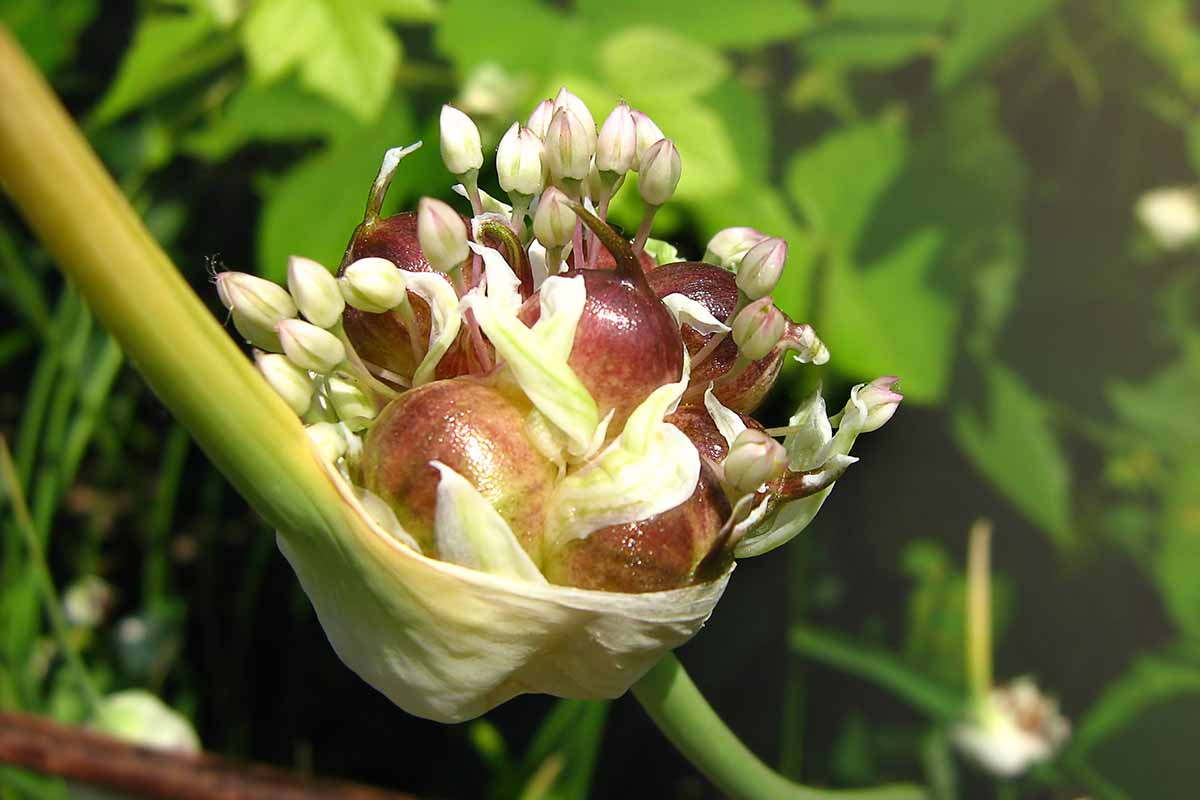
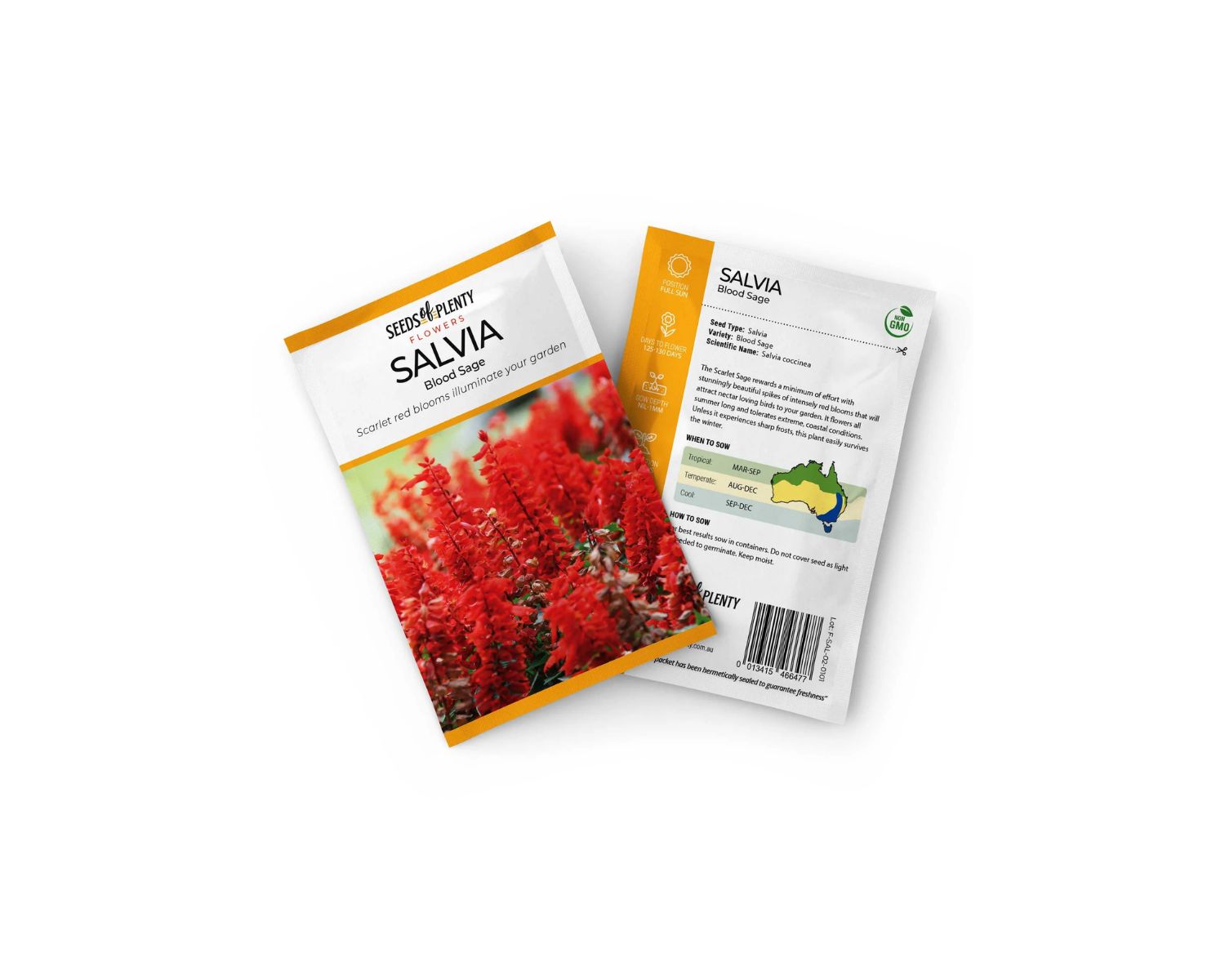
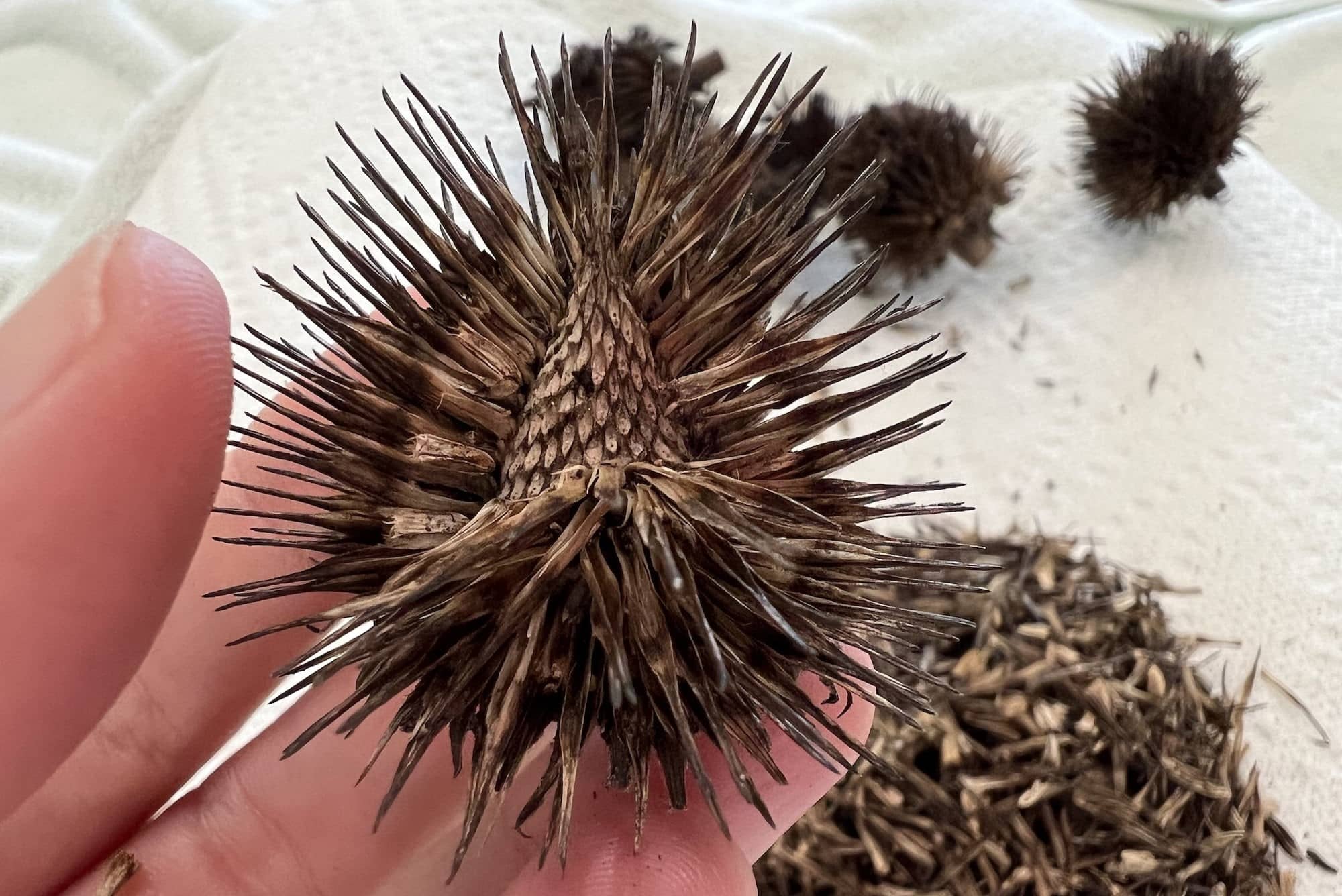
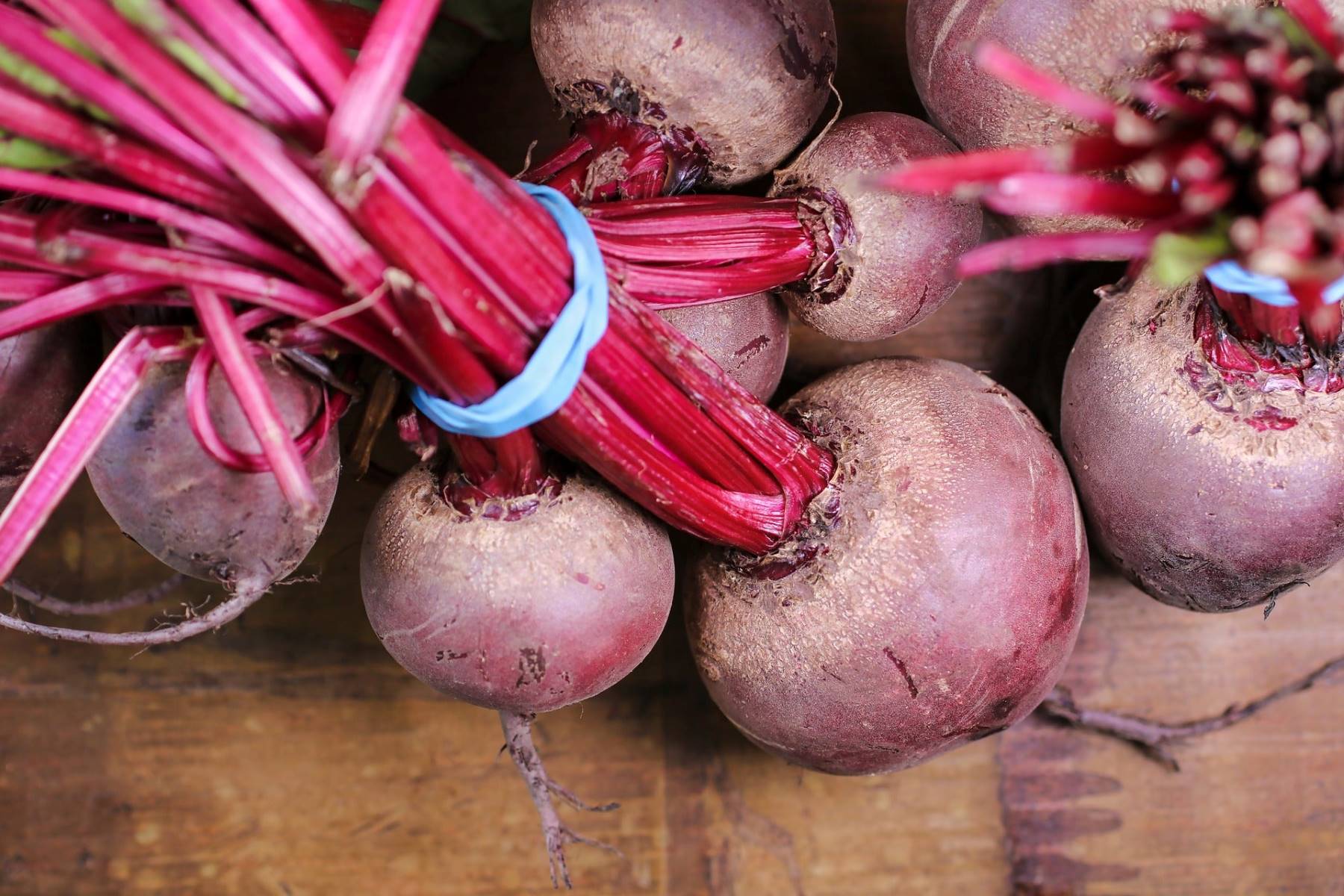
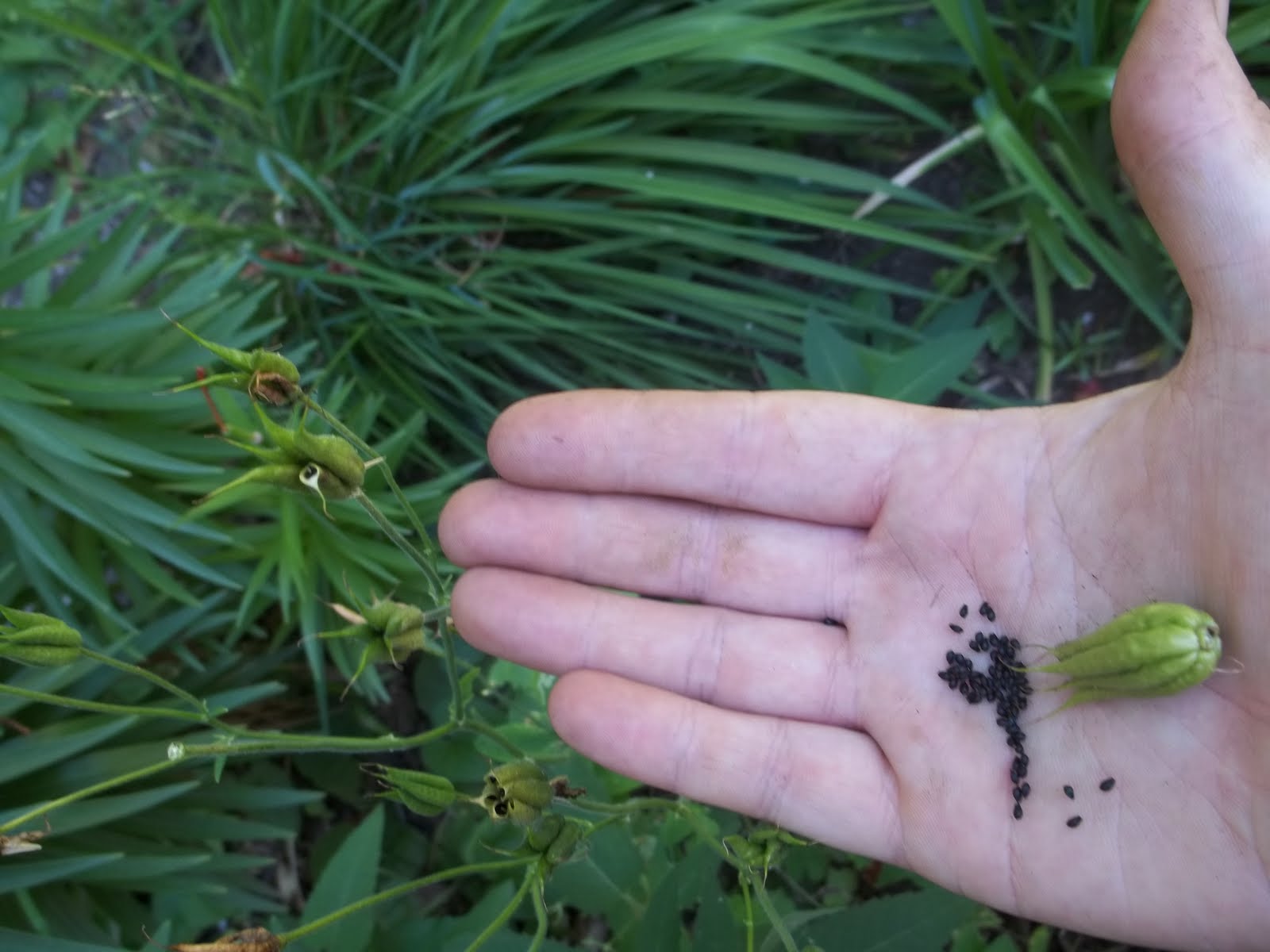
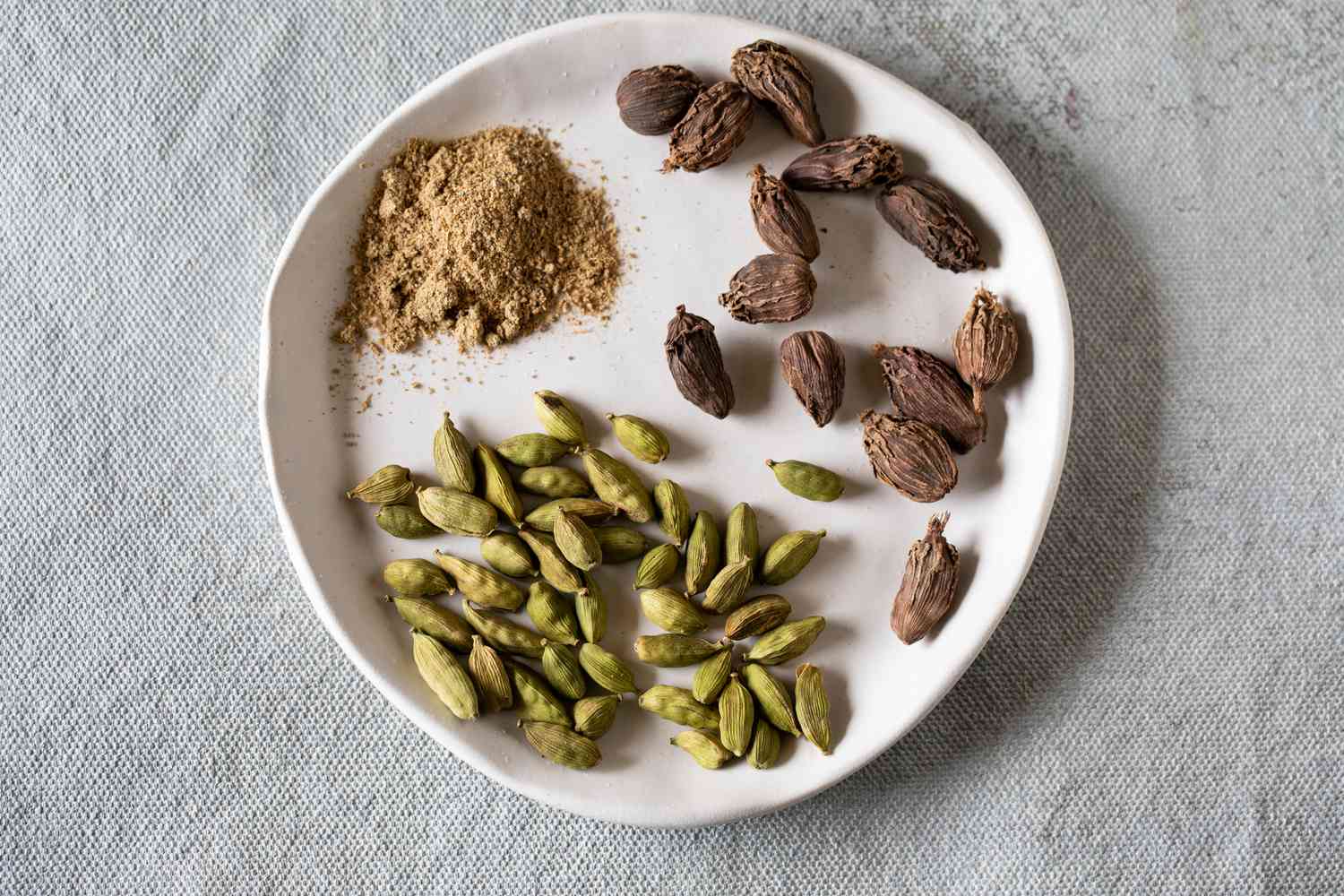
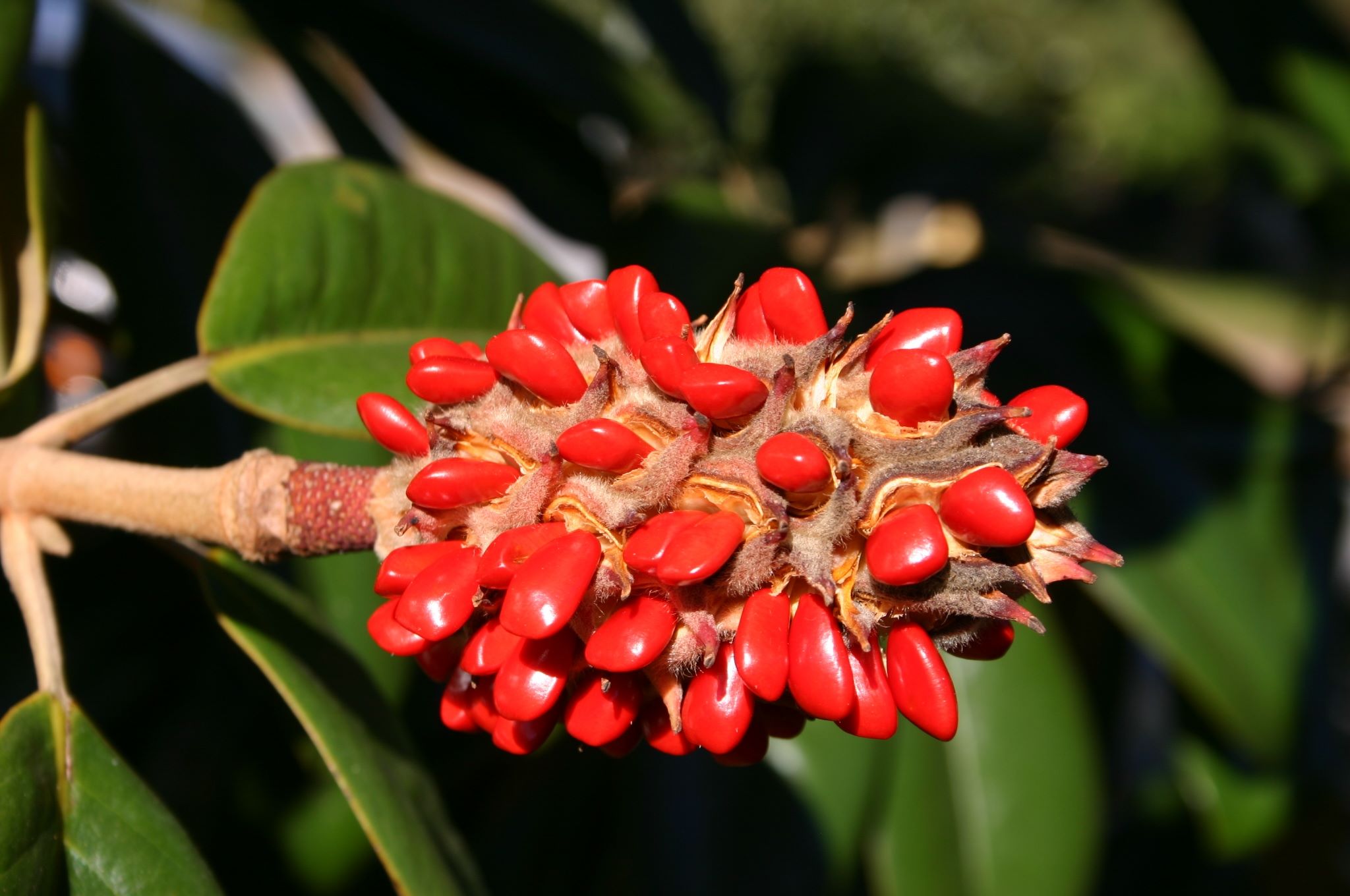
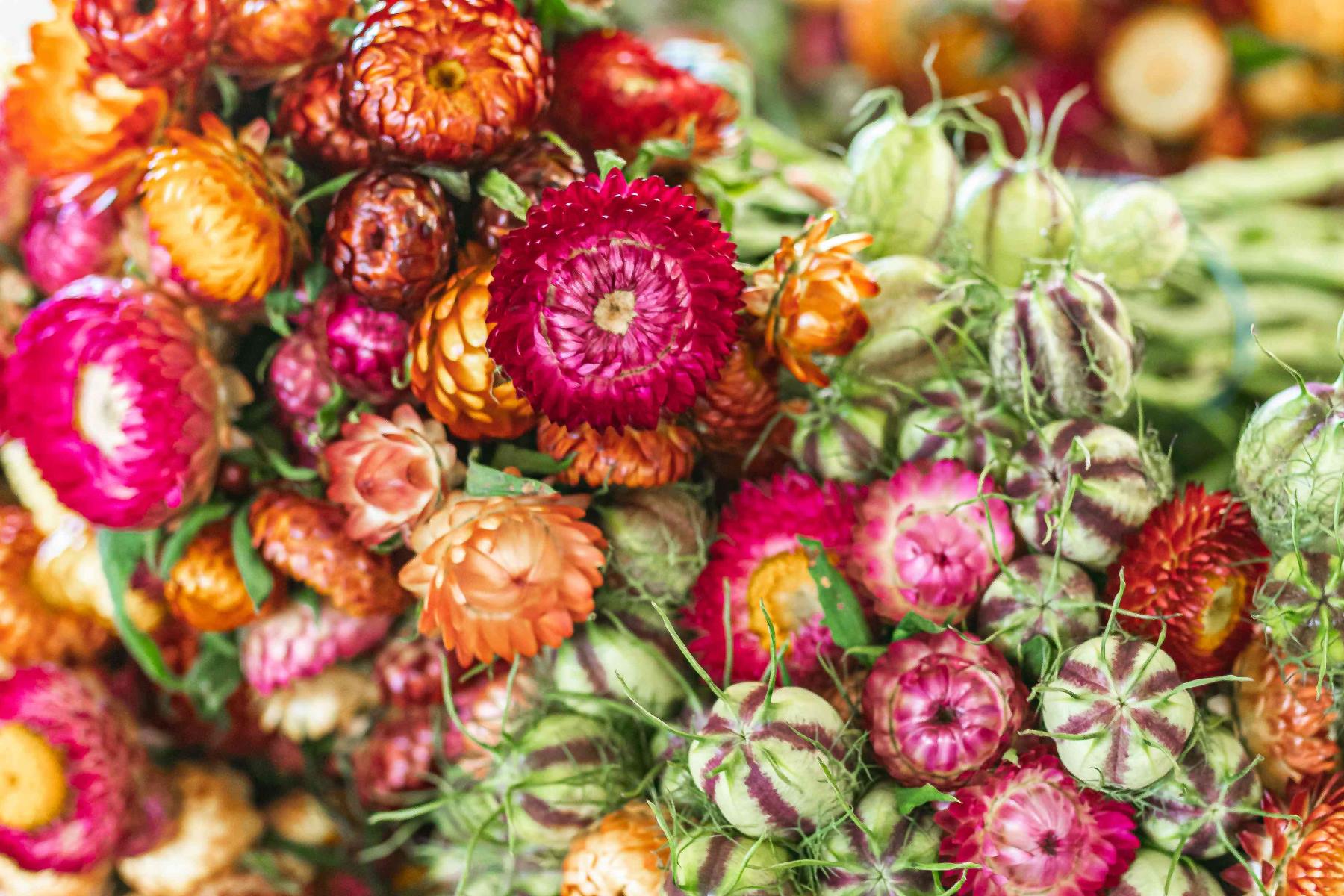
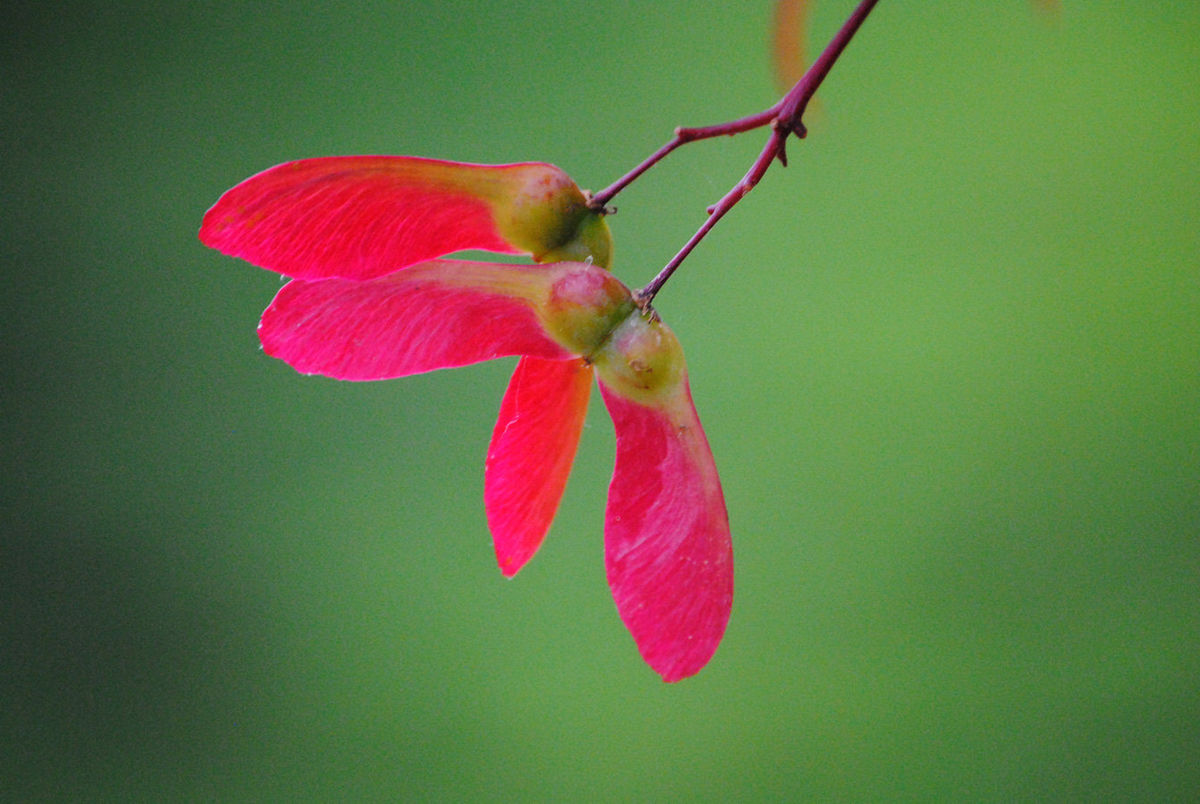
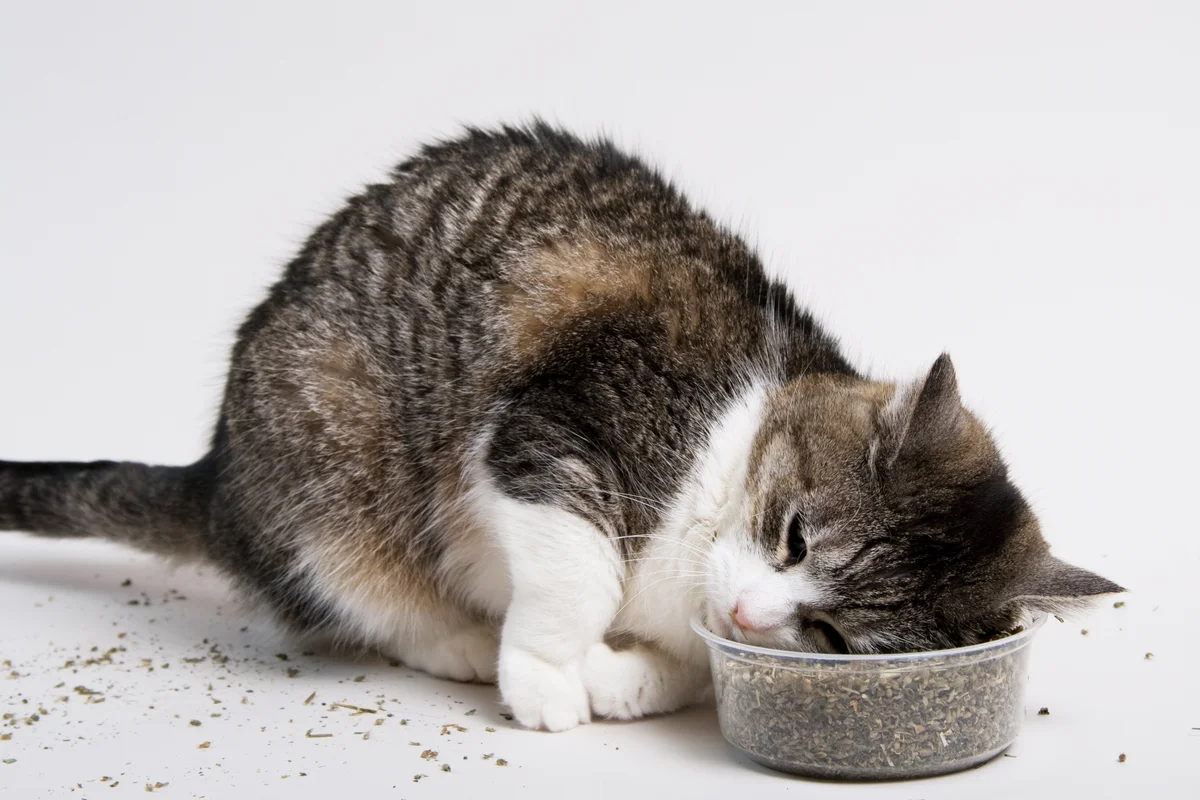
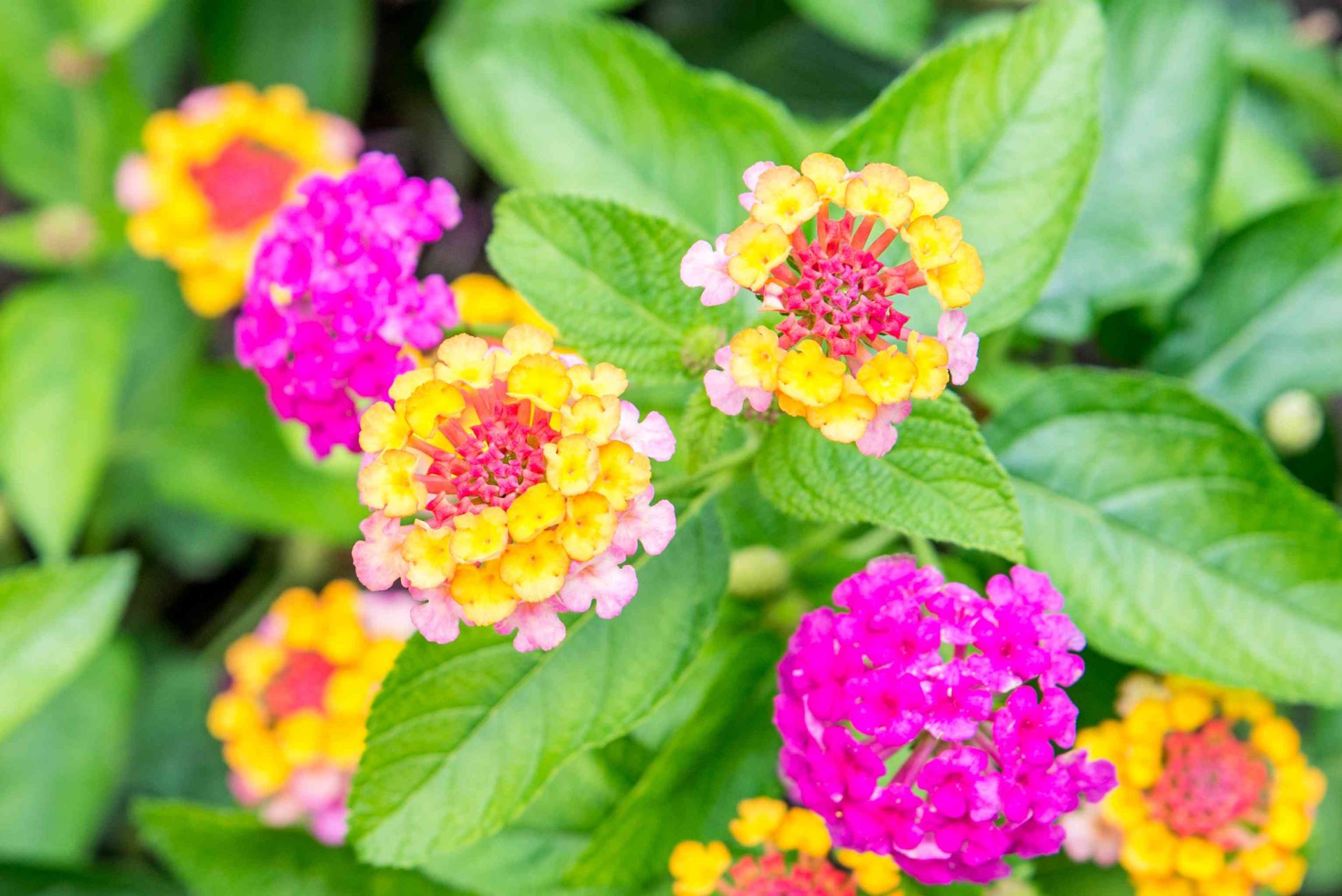
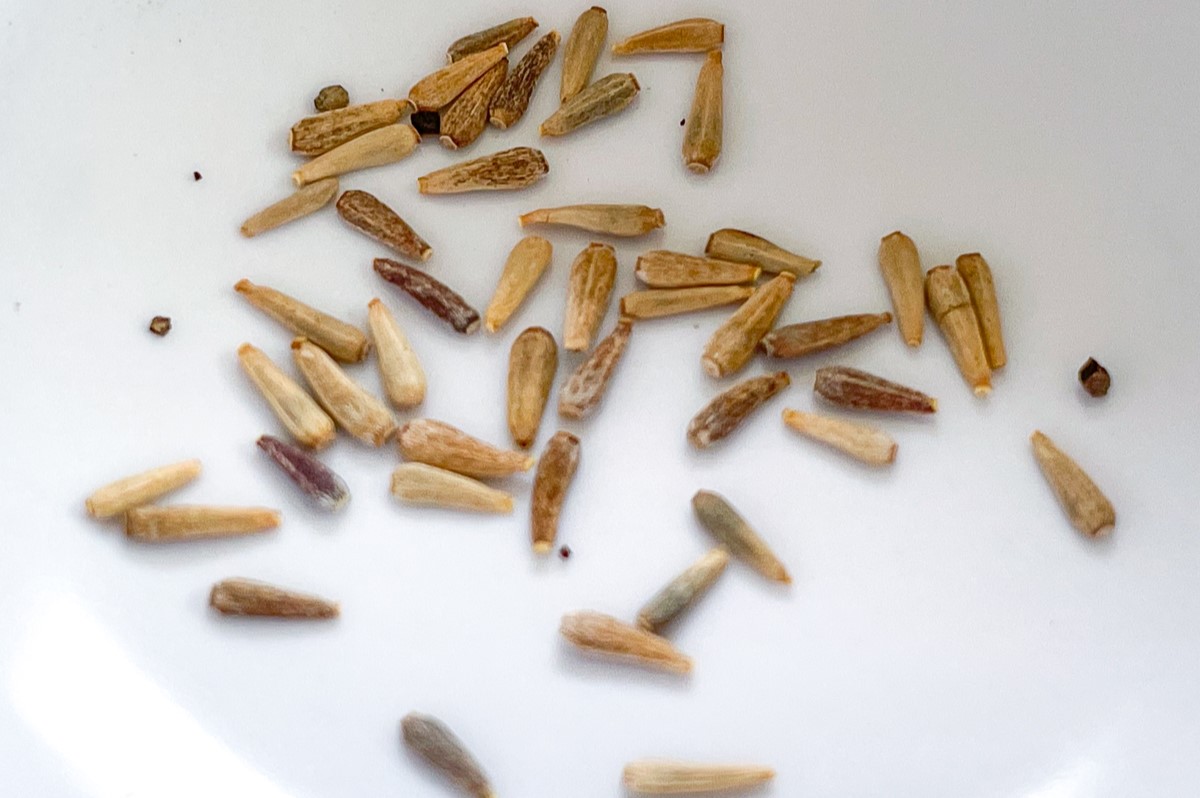
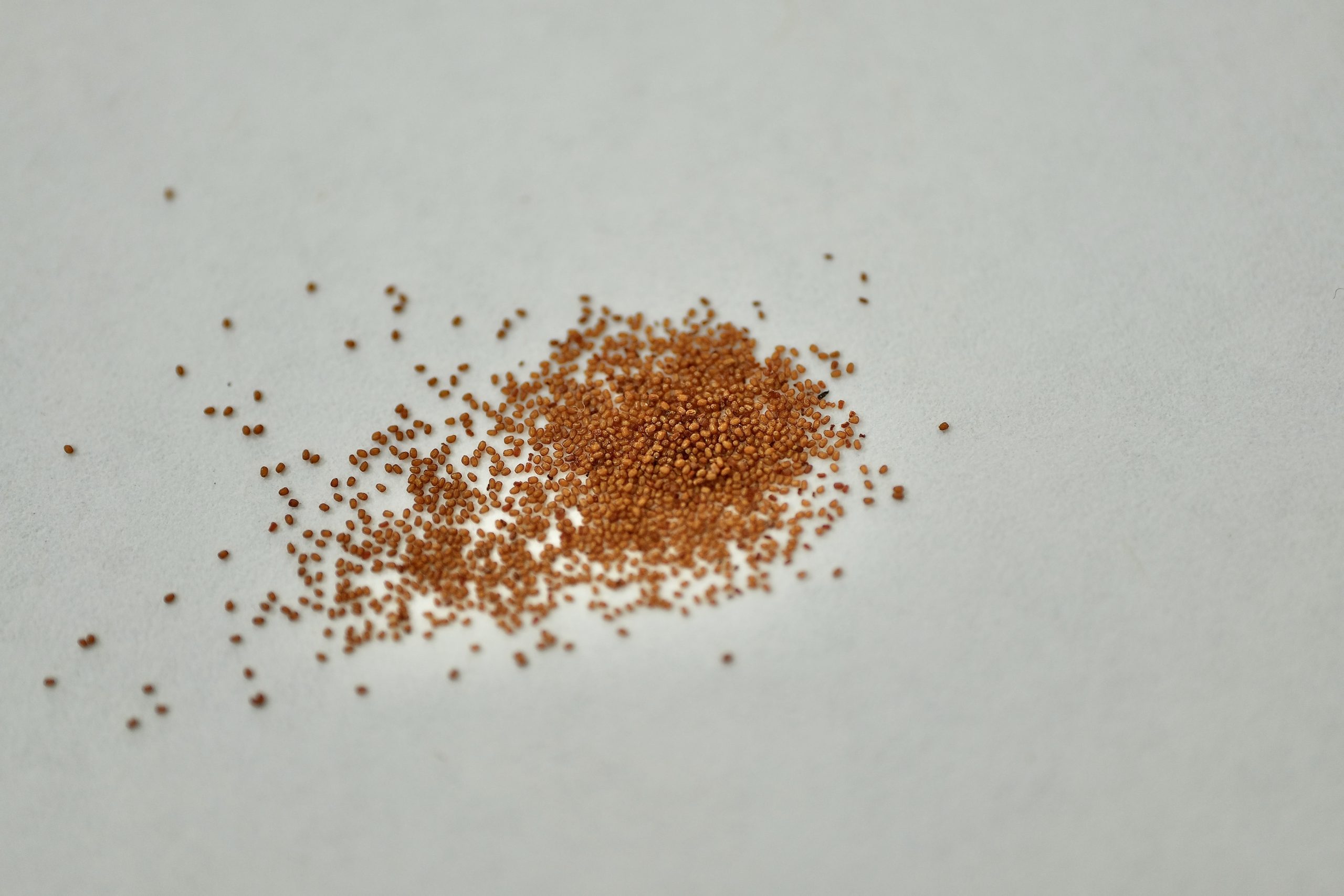
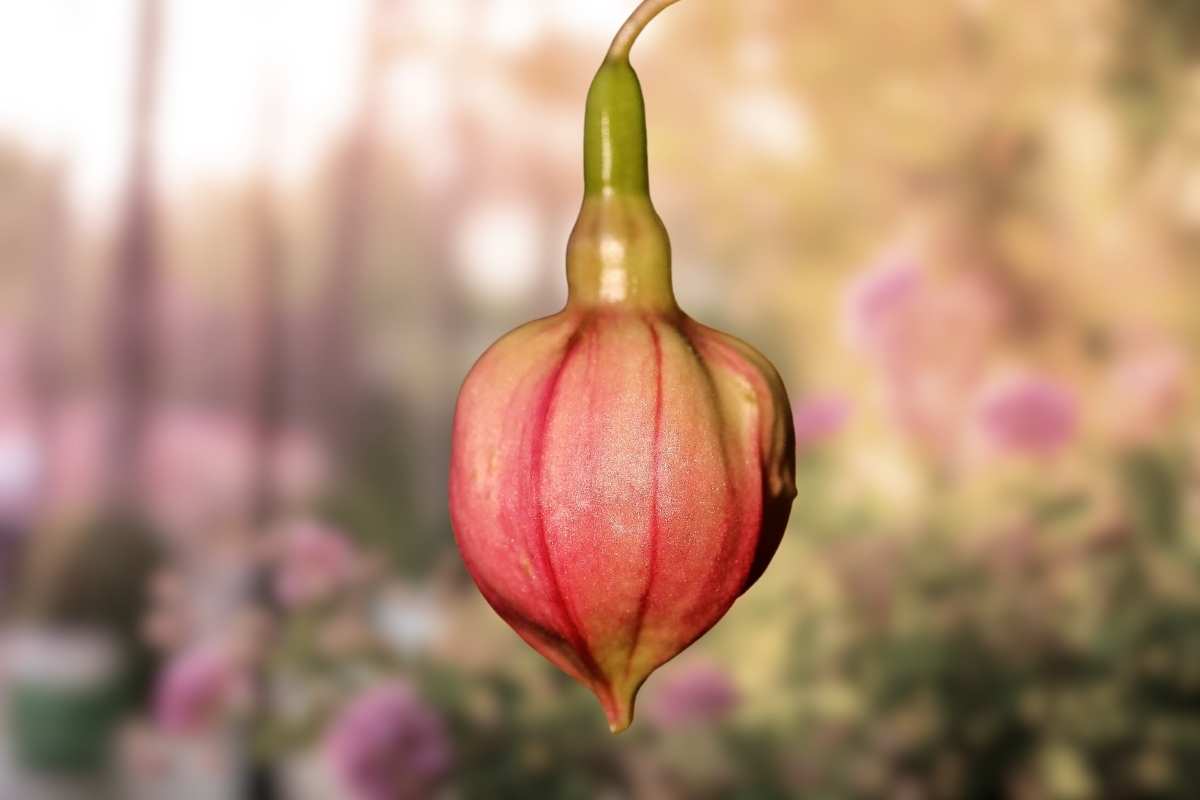

0 thoughts on “What Do Lily Of The Valley Seeds Look Like”